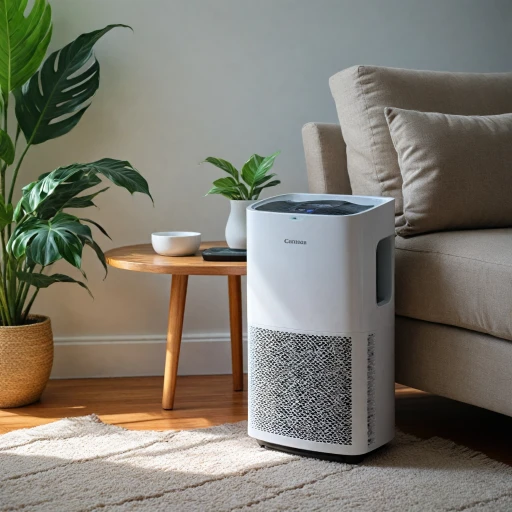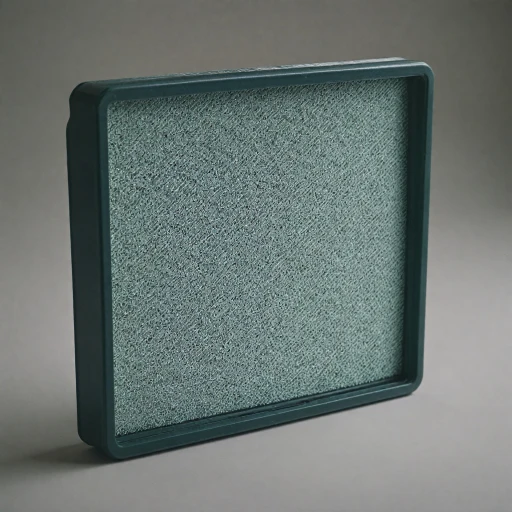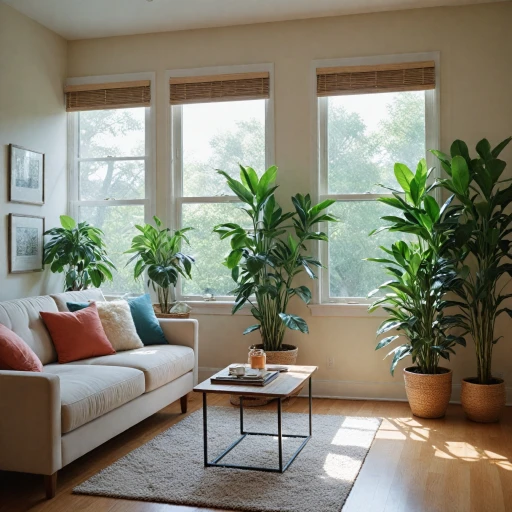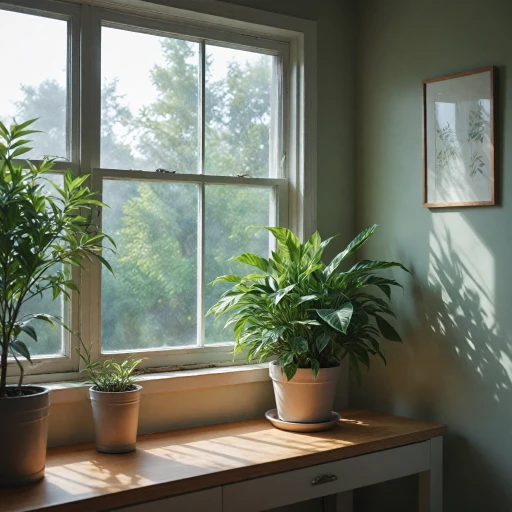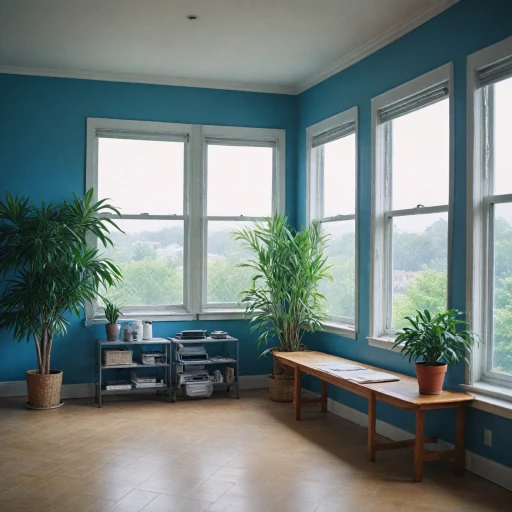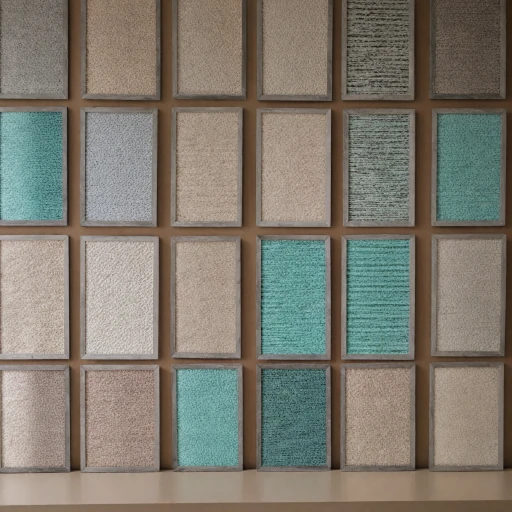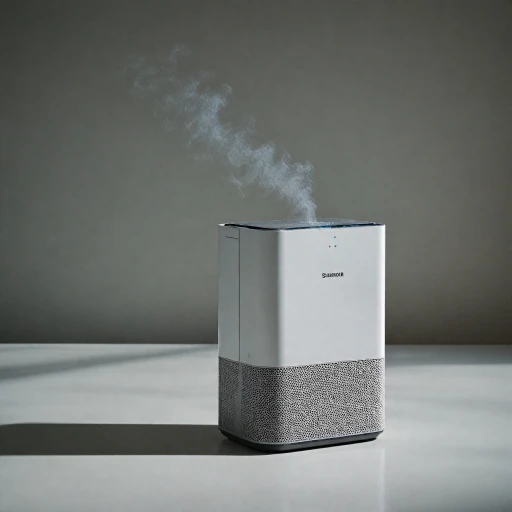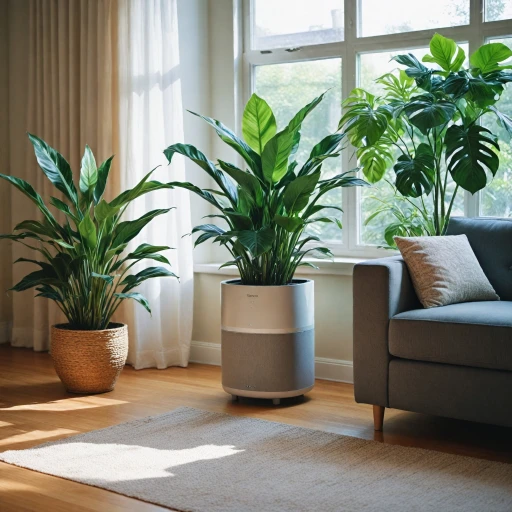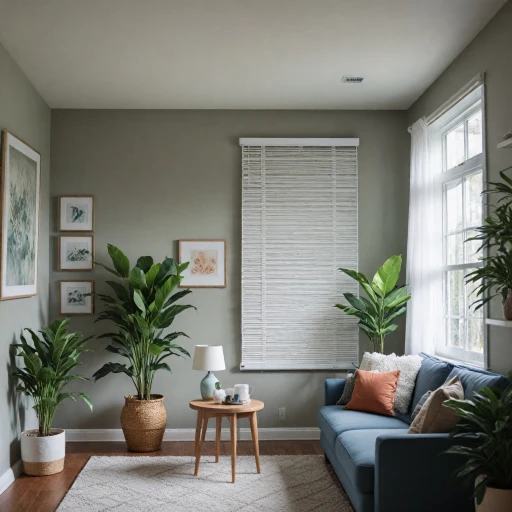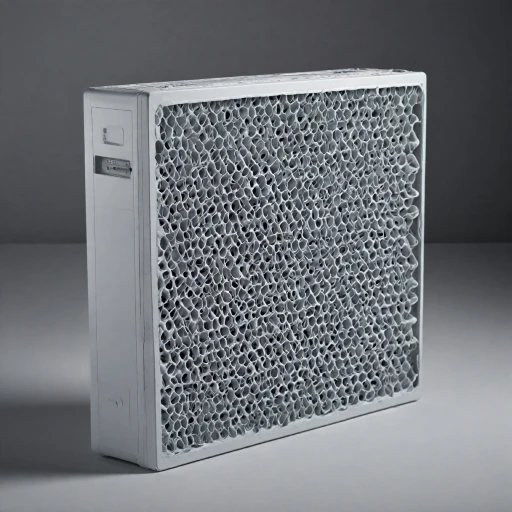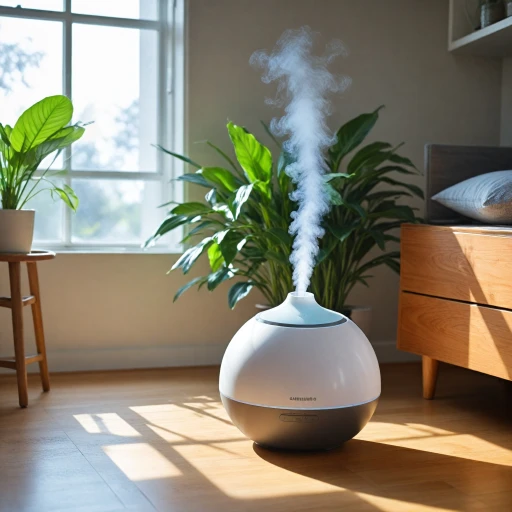
What is a 20x30x2 Air Filter?
Introducing the Concept of 20x30x2 Air Filters
Understanding the benefits of a 20x30x2 air filter starts with grasping its specifications. This filter refers to the size dimensions - 20 inches by 30 inches by 2 inches - that fit into most HVAC systems. The primary goal is to improve indoor air quality by filtering out various airborne particles, ensuring your environment remains fresh and healthy.
These air filters are often designed to meet different efficiency levels, indicated by ratings such as MERV (Minimum Efficiency Reporting Value), MPR (Microparticle Performance Rating), and FPR (Filter Performance Rating). A higher MERV rating means the filter captures smaller and more airborne particles, such as dust, pollen, and mold spores, significantly improving air quality. Similarly, ratings like MPR and FPR indicate how well a filter removes specific particles like dust mites and pet dander.
Moreover, many 20x30x2 air filters are pleated, providing a larger surface area for particle capture, which improves filtration without restricting airflow in the furnace air system. Over months, consistent usage ensures that the air in your home remains free from pollutants, enhancing both efficiency and air quality.
Consider the diversity of options when selecting an air filter for your needs, paying attention to key aspects such as filter MERV and MPR FPR ratings, particle size microns, and captured particle efficiency. Understanding these ratings will assist in ensuring you make the best decision for your filtration system.
How Does a 20x30x2 Air Filter Improve Air Quality?
Enhancing Indoor Air Quality with a 20x30x2 Air Filter
When it comes to improving indoor air quality, the 20x30x2 air filter plays a crucial role. These filters are designed to capture a wide range of airborne particles, including dust, pollen, pet dander, and mold spores. By effectively trapping these particles, the filter helps reduce allergens and irritants in your home, contributing to a healthier living environment.
The efficiency of a 20x30x2 air filter is often determined by its MERV rating, which stands for Minimum Efficiency Reporting Value. This rating indicates the filter's ability to capture particles of varying sizes, with higher MERV ratings capturing smaller particles. For instance, a filter with a MERV rating of 8 to 13 is suitable for most residential settings, effectively capturing particles as small as 1 to 3 microns.
In addition to MERV ratings, some filters are also rated using MPR (Microparticle Performance Rating) and FPR (Filter Performance Rating) systems. These ratings provide additional insights into the filter's performance, helping you choose the right filter for your needs. A higher MPR or FPR rating generally indicates better filtration efficiency.
Regularly changing your air filter is essential for maintaining optimal air quality. Most filters need to be replaced every three months, but this can vary based on factors like the presence of pets or high dust levels. Keeping track of when to change your filter ensures that your HVAC system operates efficiently and that your indoor air remains clean.
For more detailed insights into how specific brands like Honeywell contribute to air purification, you can explore the benefits of Honeywell air cleaner filters.
Choosing the Right 20x30x2 Air Filter for Your Needs
Assess Your Air Filtration Needs
When choosing the right 20x30x2 air filter, first consider the air quality concerns specific to your home. If you or a family member suffers from allergies, you'll want a filter that captures pollen and dust mites. If pets are part of the household, a filter that can capture pet dander is essential. Prioritize your needs based on the allergens or pollutants you aim to reduce.
Understand Filter Ratings
Filters come with various ratings such as MERV, MPR, and FPR. These ratings indicate the filter's efficiency in capturing particles of different sizes. A higher MERV rating often means better filtration, catching smaller particles like mold spores and airborne particles to improve indoor air quality. Similarly, understanding MPR and FPR ratings will help determine the filter's effectiveness. Select a rating that not only aligns with your air quality goals but is also compatible with your HVAC system.
Consider Filter Type and Material
Different filters suit different systems. Whether you need a pleated design for maximum surface area or a simple fiberglass filter, consider what fits your furnace air system. Pleated filters often have higher efficiency as they collect more particles like dust and dirt over time. The material can also impact how often you'll need to change filters, usually recommended every few months depending on your home's conditions.
Filter Size Compatibility
Ensure that the size of the filter—20x30x2, in this case—perfectly fits your system's requirements. An incorrect size can lead to inefficient filtration and potential damage to your HVAC system. Proper fitting filters ensure that no air bypasses the filtration media, capturing as much dust, pollen, and other particles as possible.
Budget and Longevity
Cost considerations are important. Understand that while higher-rated filters may have an increased upfront cost, they often last longer, capturing particles more effectively over the days. An investment in a high-quality air filter could result in cleaner air and reduced wear and tear on your HVAC systems, saving costs in the long-run.
For additional insights, read more about how to maintain efficient and effective air filtration.
Installation and Maintenance Tips for 20x30x2 Air Filters
Proper Installation Techniques for Optimal Performance
Installing a 20x30x2 air filter correctly is crucial to ensure that your air filtration system operates efficiently. When replacing your old filter, take a moment to check the filter's size and ensure that it fits snugly within the furnace or air conditioning unit. A loose or improperly fitted filter can reduce filtration performance and allow dust, pollen, and other particles to bypass the filter.
Regular Maintenance to Maintain Air Quality
Maintaining your air filters regularly is essential for keeping indoor air quality at its best. Generally, experts recommend checking your filters every 1 to 3 months, depending on the household conditions and the filter's MERV or MPR rating. Homes with pets, smokers, or individuals with allergies may require more frequent filter changes to capture airborne particles like pet dander, mold spores, and dust mites.
Monitoring the Conditions of Your Air Filter
Observe changes in your filter over time. A clean filter will ensure better airflow and improve the furnace's efficiency, while a clogged or dirty filter can strain the system, leading to higher energy costs and potential damage. Keep an eye on factors such as increased dust accumulation around vents or a noticeable reduction in airflow, which can signal the need for a filter replacement.
Tools and Tips for Easier Filter Replacement
Having the right tools and techniques can streamline the air filter installation process. A flashlight can be helpful for checking the filter slot in poorly lit areas. Always turn off your system before attempting to change the filter to ensure safety. Trim any sharp edges on the ventilation system that might obstruct the easy placement of the filter.
By adhering to these installation and maintenance tips, you not only extend the lifespan of your air filtration system but also sustain a healthier indoor environment. For more tips tailored to your specific system needs, consult the reference materials from reputable sources to align with your air quality preferences.
Cost Considerations and Budgeting for Air Filters
Evaluating the Overall Cost of Air Filters for Your Space
Determining the cost of maintaining air quality with a 20x30x2 air filter involves several considerations. Given the critical role these filters play in capturing airborne particles like dust, pollen, and pet dander, it's essential to weigh both upfront costs and long-term expenses.- Initial Purchase Price: The cost can vary significantly based on the filter’s MERV rating, with higher ratings generally translating to higher costs. It's crucial to choose a filter with efficient dust and particle capture capabilities that align with your air quality needs.
- Frequency of Replacement: Depending on the filter's efficiency and the level of pollutants in your indoor air environment, replacement should occur every few months. Frequently changing the filter ensures optimal performance and prevents strain on your furnace system.
- Type of Filter: Pleated filters, while typically more expensive upfront than flat filters, often last longer and offer better filtration for small particles, providing a balance between cost and performance.
- Specific Ratings: Investigate the specific needs of your space based on MERV, MPR, or FPR ratings. Higher ratings can lead to a cleaner environment but may come with added costs.
- Long-Term Efficiency: Investing in a higher quality filter may lead to savings over time by enhancing energy efficiency. Filters that effectively prevent dust and mold spores from clogging your HVAC system can reduce energy bills and maintenance costs.
Environmental Impact and Sustainability of Air Filters
Sustainability and Environmental Considerations
When choosing a 20x30x2 air filter, it’s important to consider not only the initial performance but also the environmental impact over its lifespan. Understanding the material and construction of filters can help make more sustainable choices.
Many air filters use pleated designs that capture a variety of airborne particles, such as dust, dander, and pollen. The efficiency of filters is often denoted by a MERV rating or equivalent MPR FPR systems, which assess the capability to trap particles of various sizes, often as small as mold spores and dust mites.
Furnace air filters should be changed regularly—recommended every few months depending on air quality and system usage. This not only maintains indoor air quality but also ensures the filtration system operates efficiently. The long-term environmental impact includes the materials used in production and disposal methods. Opting for filters made with recyclable materials or those that can be reused helps reduce waste.
Furthermore, understanding the frequency of filter changes can impact sustainability. Filters with higher fpr and mpr ratings often need less frequent changing, prolonging their lifecycle and reducing waste. Balancing between high-performance air quality and environmental responsibility might be challenging, but achieving cleaner air should not come at the expense of ecological integrity.
To ensure you’re making an informed decision, consider the filter's ability to maintain air quality without excessive replacement needs. This approach not only supports healthier indoor environments but also aligns with sustainable practices.

